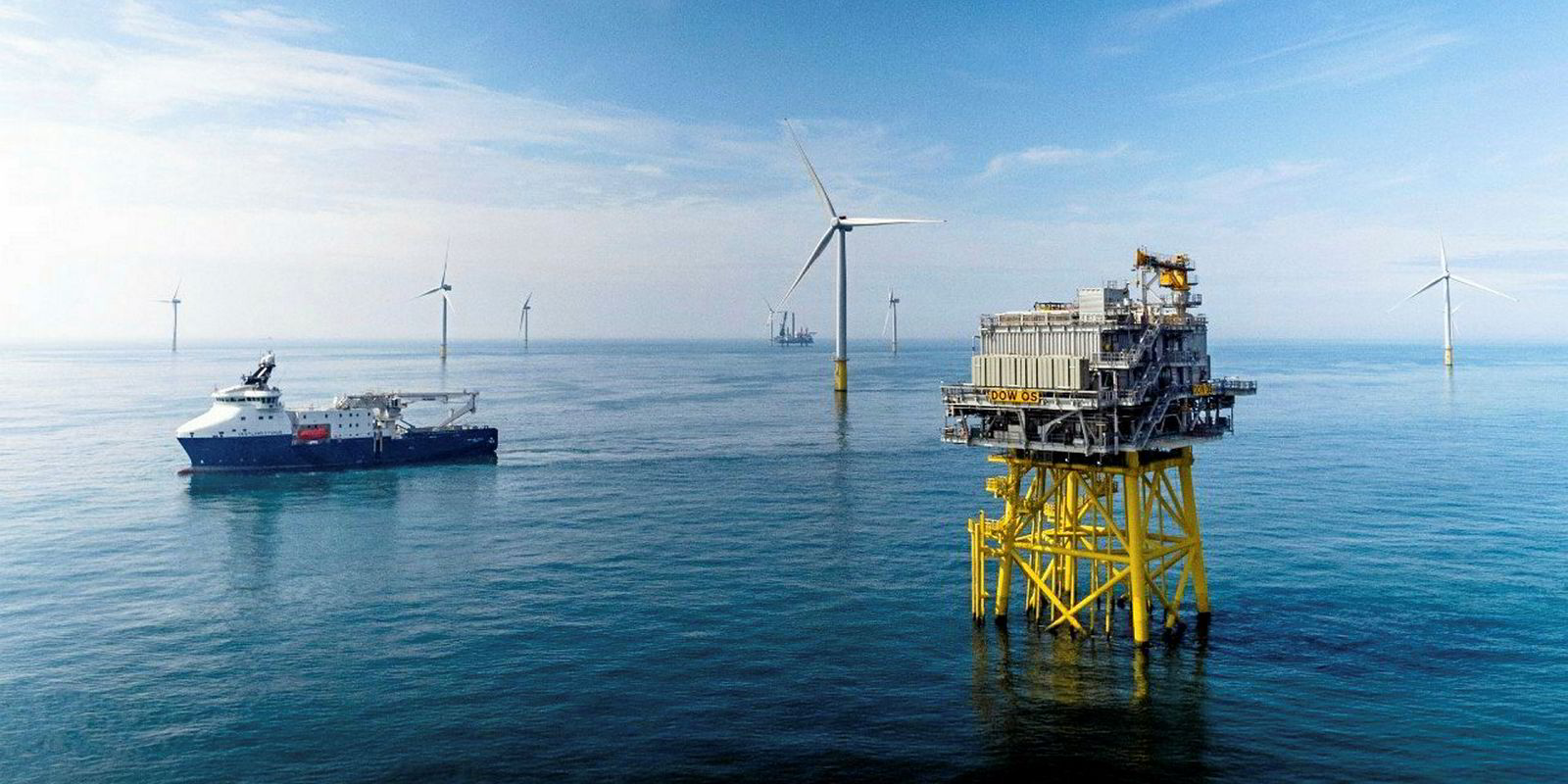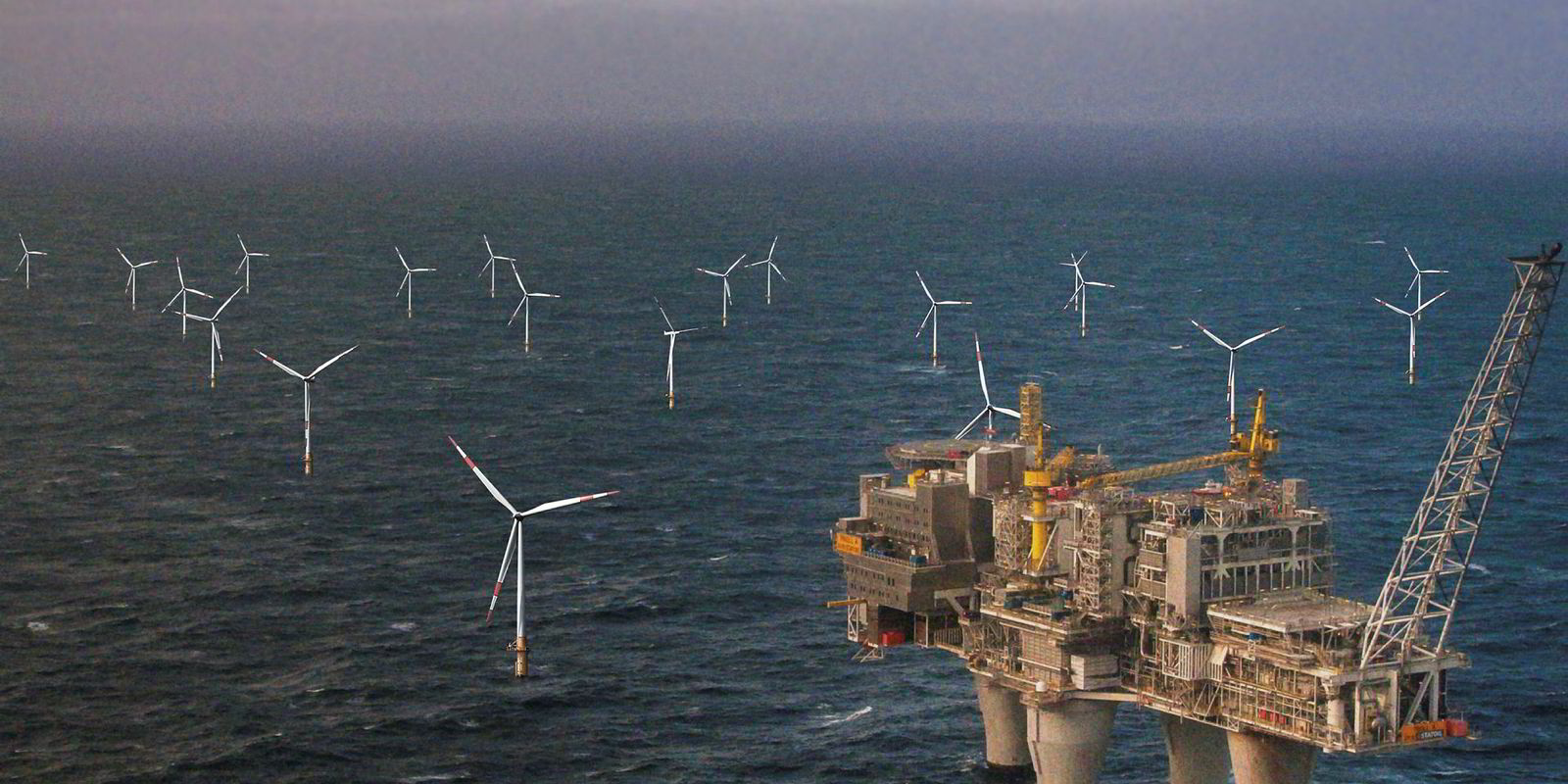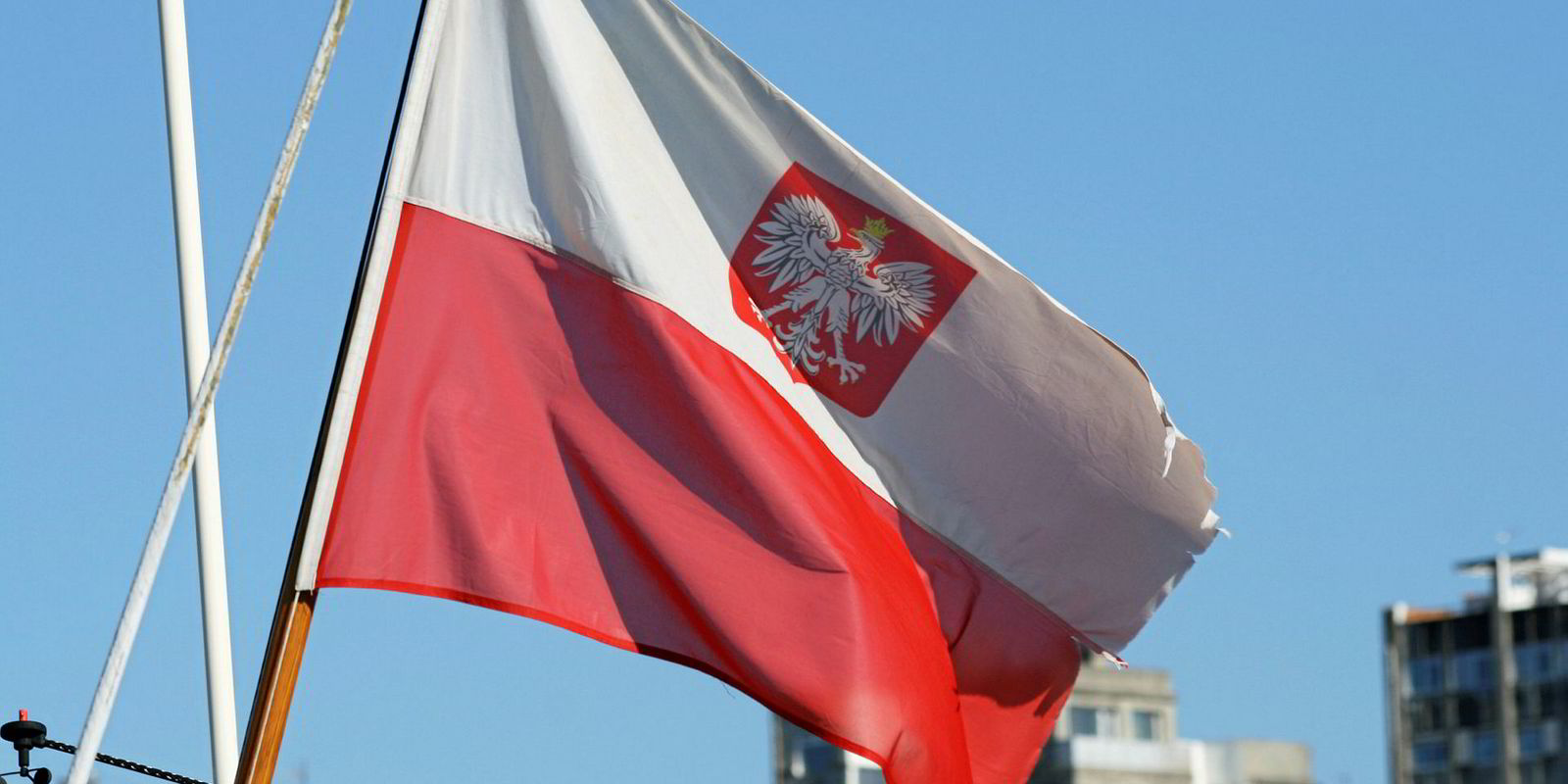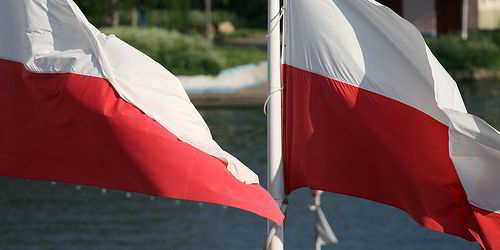Poland has gone from hero to zero in the wind sector in a few short years.
In 2015, the country installed 1.27GW of onshore wind — more than any other nation in Europe except Germany. Two years later, it erected a pitiful 41MW.
The fall from grace has been due to the pro-coal, anti-renewables policies of the right-wing nationalist government elected in October 2015, which passed a rule that, in practice, prohibited the installation of wind farms 1.5-2km from the nearest settlement.
Yet it seems that the governing Law and Justice Party (PiS) may have had a change of heart on renewable energy — and there are signs that Poland will soon become the next big thing in European offshore wind.
Zbigniew Gryglas, a PiS member of parliament, who chairs the recently formed Parliamentary Group for the Development of Offshore Wind in Poland, tells Recharge that he has “already managed to build a cross-party consensus on the necessity to build offshore wind farms in Poland”.
“Taking into account the potential benefits for the economy — billions of zlotys in revenues for the state and local budget, thousands of new jobs — I have reasons to believe I am able to convince the Polish government and parliament to give their support for the development of wind farms in Poland,” he says.
At a recent meeting in the port city of Szczecin, Gryglas presented a draft national programme for offshore wind to more than 130 enthused industry officials.
All parties involved have been tight-lipped about the details of this action plan, but Gryglas says the package of regulations will enhance Polish energy security, as well as maximise economic benefits.
According to the Warsaw-based Foundation for Sustainable Energy (FNEZ), a first 600MW could be in Polish waters as early as 2022, with 4GW and 8GW installed by 2030 and 2035 respectively.
“After 2020, offshore [wind] energy may become one of the key pillars of the Polish economy,” says FNEZ president Maciej Stryjecki. “However, in order to use the Baltic Sea’s energy potential and create a competitive offshore sector in Poland, it is necessary to create a stable legislation and market conditions that will give incentives for investments.”
The lack of a dedicated support scheme for offshore wind, and somewhat vague plans within Poland’s Renewable Energies Act (RES Act) to bundle the technology with other renewables such as biomass at future tenders, until recently had led to foreign developers staying away from the market. However, a handful of Polish energy companies have been slowly advancing projects.
And with the recent price plunges in offshore wind seen elsewhere in Europe, the technology is now likely to be competitive with biomass in Poland.
“Based on offshore wind auctions in Western Europe, we can observe that the cost of this technology is decreasing, so the necessity for state support is diminishing as well. However, I think that at least the first Polish wind farm projects will have to be financed to some degree by the state,” Gryglas says, pointing out that the zero-subsidy tender outcomes seen in Germany and the Netherlands are unlikely in Poland. This is due to the lack of construction experience, higher financing costs and the fact that developers are expected to have to provide their own grid connections.
Michal Michalski — a board member of private energy company Polenergia, which has the most advanced Polish offshore wind projects in development — says that if the government were able to amend the RES Act this year, the first auctions could take place at the end of 2019, with the first offshore wind power flowing from late 2023 or early 2024.
He explains that in the draft offshore action plan, projects would be able to qualify for auctions without a construction permit from local authorities. This was a key request by developers, who otherwise would have to bear heavy costs for geophysical studies without knowing whether they could ever build their projects.
“We were always saying that for offshore, it doesn’t make any sense for the investor to bear this cost before the auction, because before the auction, you don’t know whether you have the support for the project and whether the project has an economic case,” Michalski tells Recharge. “Why [spend] so much money on drilling the boreholes in the seabed? They seem to recognise this.”
Polenergia has site permits for three projects, and is actively developing two of them — Bałtyk Środkowy 2 and 3 (aka Baltic Middle 2 and 3) — with a capacity of 600MW each. Both projects already have grid connection agreements from Poland’s transmission system operator PSE, as well as environmental permits. Polenergia has also asked for a separate environmental permit for both projects’ export cable, which it expects to receive this summer, and it has permits in hands to lay the export cable — both onshore and offshore.
State-owned utility PGE has a 1.05GW project called Baltica, for which it began Lidar wind measurements in February at a site 32km off the coastal town of Łeba. PGE doesn’t have an environmental permit for Baltica yet, but Marta Gajecka, a vice-president at both state-owned utility PGE and the Polish electricity association, PKEE, tells Recharge that a 1GW PGE offshore project is expected to be operational around 2025.
With a new regulatory framework on the cards, foreign developers have started looking again at the Polish offshore market.
Norwegian oil major Statoil yesterday announced an agreement to buy a 50% stake in Polenergia’s Bałtyk Środkowy 2 and Bałtyk Środkowy 3 projects.
Swedish utility Vattenfall, which is building the 600MW Kriegers Flak array in the Danish part of the Baltic Sea is monitoring the situation.
“It seems to me that the Polish government is favourable to wind, specifically offshore,” Vattenfall chief executive Magnus Hall told Recharge in February. “We are sort of scouting the situation in the Polish market to see a little bit where things are.”
And Martin Neubert, chief executive of the wind power division at Orsted, the world’s leading offshore wind developer, tells Recharge: “What we see emerging is potential for development in the ‘triangle’ between Denmark/Sweden, Poland and Germany.
Resistance from coal lobby
Yet there are also more sceptical voices, who point to the PiS party’s past hostility to renewables and expected resistance from the traditionally strong coal sector.
“We are cautious on Poland making any serious progress on offshore wind over the coming years,” says Daniel Brenden, senior power & renewables analyst at BMI Research. “The PiS government has made several amendments to legislation that have been damaging to the onshore wind power sector since taking power, and in such a policy environment, a company would be taking a big risk to start investing in the capital-intensive offshore wind sector.”
The government remains firmly in support of the coal sector and used state-owned utilities to inject money into struggling coal miners in 2016, Brenden adds.
“We see little scope for the government drastically turning away from this strategy — and that will concern the private sector.”
Coal constitutes more than 80% of Poland’s electricity output today, points out MAKE analyst SørenLassen.
While Lassen recognizes that the dominant role of coal is unlikely to change in the short term due to the power of the local coal industry and the fact that the PiS was elected on a pro-coal mandate, he does, however, believe that in the longer term, EU decarbonisation policies will have a detrimental impact on coal and, in turn, strengthen the case for offshore wind.
Gajecka believes that a transition away from coal will come.
“The coal-based capacity will be gradually replaced with new low-emission units such as gas-fired units and renewables,” she tells Recharge, adding that the 1GW Ostrołęka C unit, which is currently being developed by state-owned utility Energa and expected to be operational around 2025, will be the last investment in new coal-fired generation capacity in Poland.
The president of the Polish Wind Energy Association (PWEA), Janusz Gajowiecki, tells Recharge that the government is investigating what the country’s future energy mix should look like. “We will know this mix this year, I don’t know the exact date,” he says. “But I know the works are being done in the ministry.”
But he adds: “We [the wind industry] are cheaper, we are better, we are the future. And coal has a problem with us.”
Gajowiecki and Lassen point to the fact that offshore wind should also be attractive to the Polish government from a job-creation perspective. Many domestic firms are already active in the manufacturing supply chain for offshore wind across Europe, including jacket foundation maker ST3 and cable supplier Tele-Fonika Kable, while Polish shipyards such as Crist in Gdynia have supplied vessels that are currently installing foundations and turbines in the North Sea.
Companies in Szczecin actually cannot meet growing demand from the sector because of a lack of qualified workers, Gryglas was told when visiting local businesses.
“I am convinced that if people from the coal industry were given an opportunity to reskill and get new employment [in the wind sector], they would rather perceive the development of offshore wind in Poland as an opportunity than oppose it,” the MP tells Recharge.
It remains to be seen whether Gryglas will be able to convince the coal-friendly wing of the PiS — and eventually the government — to create a regulatory framework that will make offshore wind in Poland possible.
But the prospect of that happening is definitely improving.






